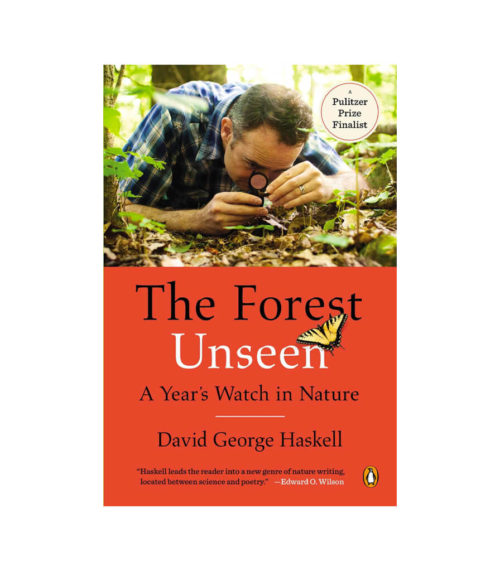-
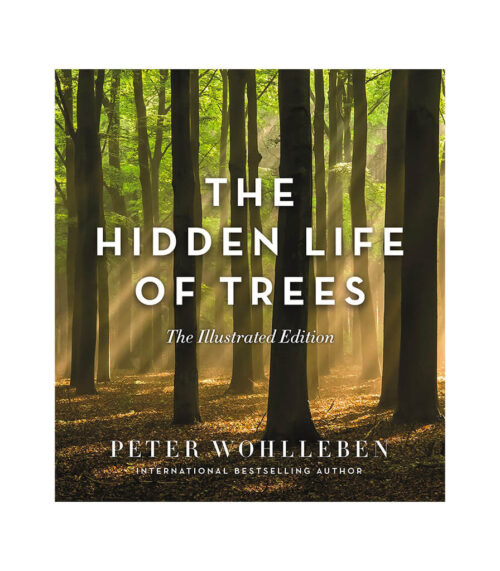
by Peter Wohlleben
HARDCOVER - Abridged A New York Times bestseller With more than 2 million copies sold worldwide, this beautifully-written book journeys deep into the forest to uncover the fascinating—and surprisingly moving—hidden life of trees. Are trees social beings? In The Hidden Life of Trees forester and author Peter Wohlleben convincingly makes the case that, yes, the forest is a social network. He draws on groundbreaking scientific discoveries to describe how trees are like human families: tree parents live together with their children, communicate with them, support them as they grow, share nutrients with those who are sick or struggling, and even warn each other of impending dangers. Wohlleben also shares his deep love of woods and forests, explaining the amazing processes of life, death, and regeneration he has observed in his woodland. After learning about the complex life of trees, a walk in the woods will never be the same again. -
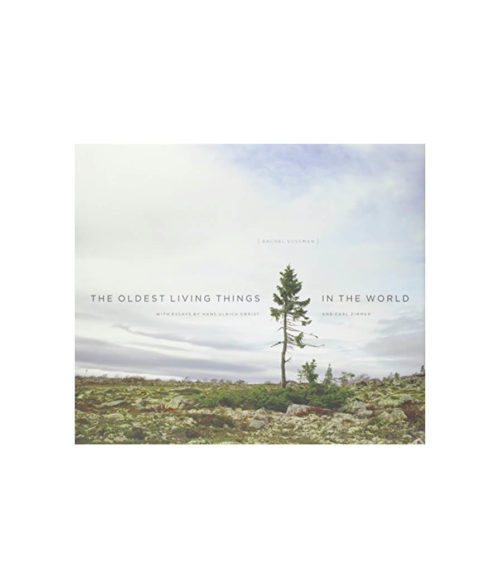
by Rachel Sussman
HARDCOVER The Oldest Living Things in the World is an epic journey through time and space. Over the past decade, artist Rachel Sussman has researched, worked with biologists, and traveled the world to photograph continuously living organisms that are 2,000 years old and older. Spanning from Antarctica to Greenland, the Mojave Desert to the Australian Outback, the result is a stunning and unique visual collection of ancient organisms unlike anything that has been created in the arts or sciences before, insightfully and accessibly narrated by Sussman along the way. Alongside the photographs, Sussman relays fascinating – and sometimes harrowing – tales of her global adventures tracking down her subjects and shares insights from the scientists who research them. The oldest living things in the world are a record and celebration of the past, a call to action in the present, and a barometer of our future. -
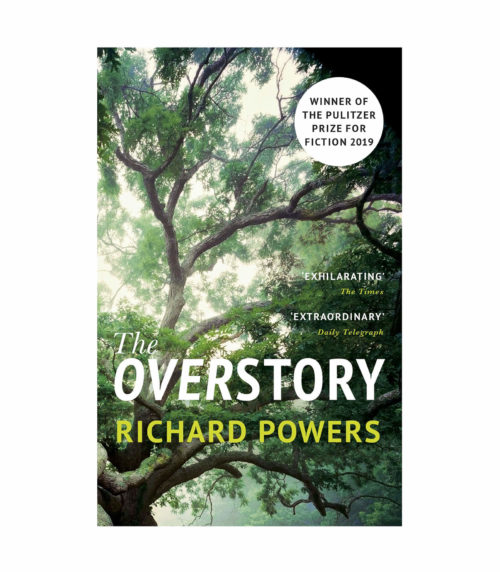
by Richard Powers
PAPERBACK Winner of the 2019 Pulitzer Prize in Fiction, Shortlisted for the 2018 Man Booker Prize, New York Times BestsellerThe Overstory, winner of the Pulitzer Prize in Fiction, is a sweeping, impassioned work of activism and resistance that is also a stunning evocation of—and paean to—the natural world. From the roots to the crown and back to the seeds, Richard Powers’s twelfth novel unfolds in concentric rings of interlocking fables that range from antebellum New York to the late twentieth-century Timber Wars of the Pacific Northwest and beyond. There is a world alongside ours—vast, slow, interconnected, resourceful, magnificently inventive, and almost invisible to us. This is the story of a handful of people who learn how to see that world and who are drawn up into its unfolding catastrophe.
-

by Scott Ogden, Lauren Springer Ogden
PAPERBACK 200 Drought-Tolerant Choices for all Climates Waterwise Plants for Sustainable Gardens is a practical guide to the best 200 plants guaranteed to thrive in low-water gardens. Plant entries provide the common and botanical name, the regions where the plant is best adapted, growth and care information, and notes on pests and disease. This practical and inspiring guide includes a variety of plants, from trees to succulents, perennials to bulbs, all selected for their wide adaptability and ornamental value. Companion plants, creative design ideas, and full color photography make this guide a must-have resource for any sustainable gardener. -
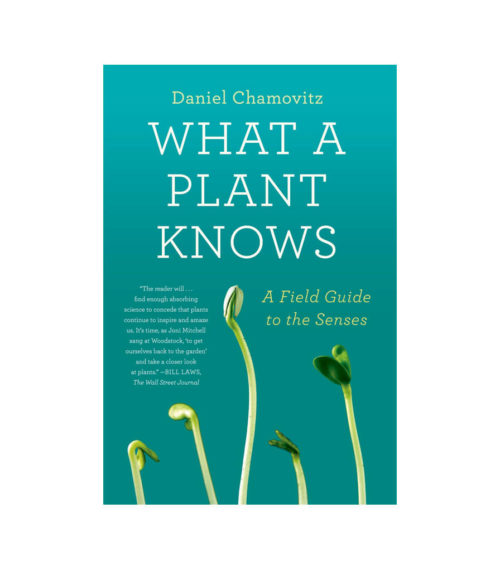
by Daniel Chamovitz
KINDLE How does a Venus flytrap know when to snap shut? Can it actually feel an insect's tiny, spindly legs? And how do cherry blossoms know when to bloom? Can they actually remember the weather? For centuries we have collectively marveled at plant diversity and form—from Charles Darwin's early fascination with stems to Seymour Krelborn's distorted doting in Little Shop of Horrors. But now, in What a Plant Knows, the renowned biologist Daniel Chamovitz presents an intriguing and scrupulous look at how plants themselves experience the world—from the colors they see to the schedules they keep. Highlighting the latest research in genetics and more, he takes us into the inner lives of plants and draws parallels with the human senses to reveal that we have much more in common with sunflowers and oak trees than we may realize. Chamovitz shows how plants know up from down, how they know when a neighbor has been infested by a group of hungry beetles, and whether they appreciate the Led Zeppelin you've been playing for them or if they're more partial to the melodic riffs of Bach. Covering touch, sound, smell, sight, and even memory, Chamovitz encourages us all to consider whether plants might even be aware of their surroundings. A rare inside look at what life is really like for the grass we walk on, the flowers we sniff, and the trees we climb, What a Plant Knows offers us a greater understanding of science and our place in nature.

